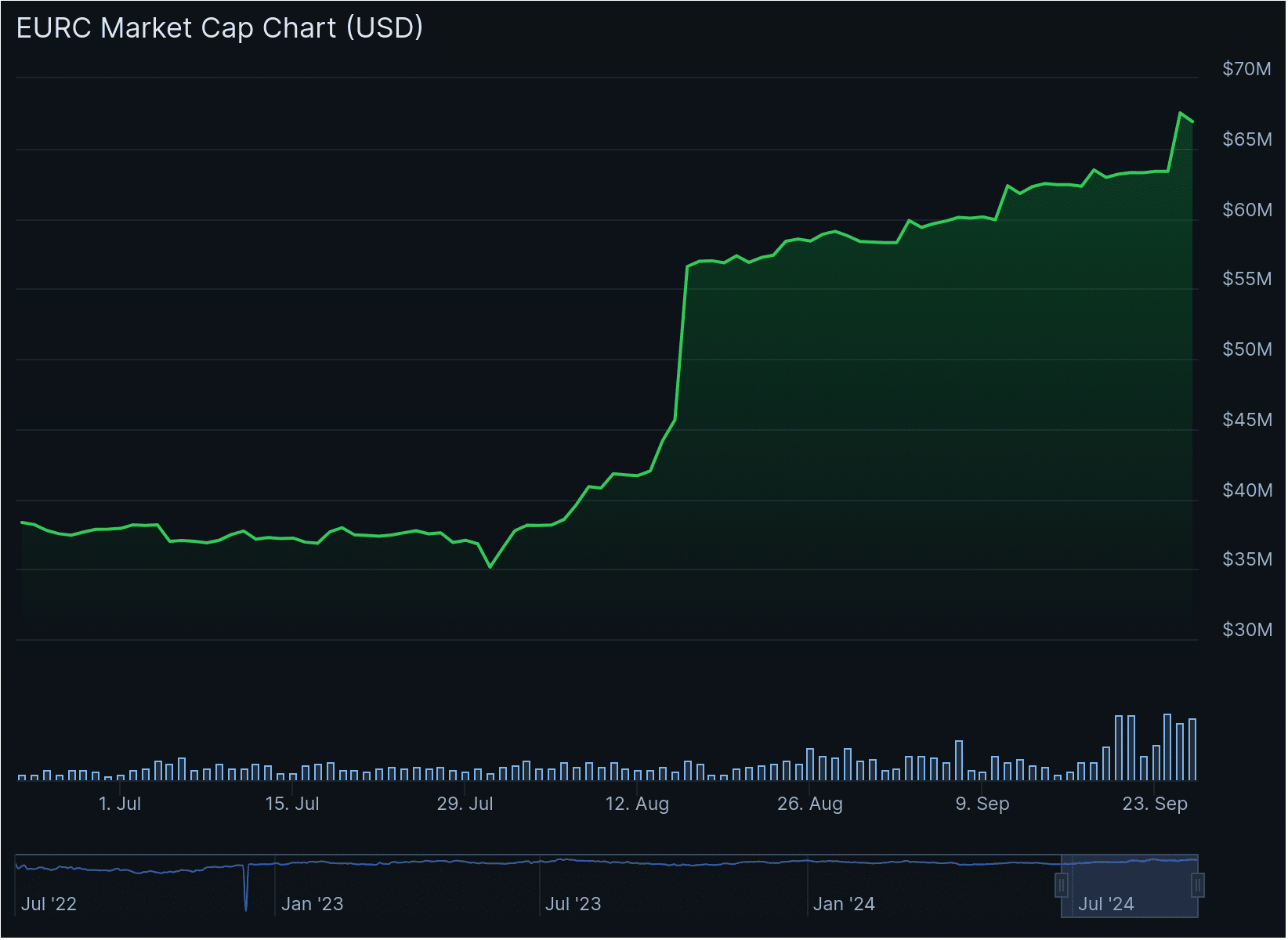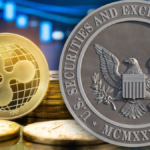Patrick Hansen, Circle’s European strategy director, anticipates significant advancements in the EU’s crypto and stablecoin landscape by late 2025.
During the European Blockchain Convention in Barcelona, Hansen discussed his expectations for improvements in the crypto market structure throughout the European Union. He noted that the bloc’s Markets in Crypto-Assets Regulation—also referred to as MiCA—would act as the key driver for this development during a panel discussion titled “What is Going on Behind the Scenes – Post MiCA?”
MiCA marked a pivotal change in the EU’s approach to crypto regulation, offering detailed guidelines for governments, institutions, and investors regarding digital assets.
In fact, MiCA specified requirements for crypto exchanges and established thresholds for stablecoin reserves. Circle (USDC) emerged as one of the first stablecoin beneficiaries under this new framework and secured MiCA’s first stablecoin license.

Hansen revealed that achieving MiCA compliance and securing regulatory approval entailed a process distinct from those in other regions. For example, USDC’s issuer engaged with regulators for up to 24 months before receiving approval.
Circle also submitted its application for an Electronic Money Institution license in France, which was granted by the Autorité de Contrôle Prudentiel et de Résolution, the French banking authority.
Hansen mentioned that the company’s euro-pegged stablecoin, EURC, has increased by 60-70% since July when the approval was granted. The token now holds a market cap of over 67 million euros. Hansen anticipates ongoing growth for EURC and other stablecoins within the EU, fueled by MiCA’s regulations.
We believe that in the European Union, for our euro stablecoin, but for euro stablecoins overall, we can expect at least significant growth in the next 12 months.
Patrick Hansen, Circle’s EU senior director, strategy & policy

As the operator of USDC established its presence in Europe, CEO Jeremy Allaire ramped up plans for an initial public offering in the U.S. The digital payment provider moved its global headquarters to the center of New York City as part of its strategy to go public. Circle’s new office is located in One World Trade Center, alongside some of Wall Street’s major players like Goldman Sachs.








